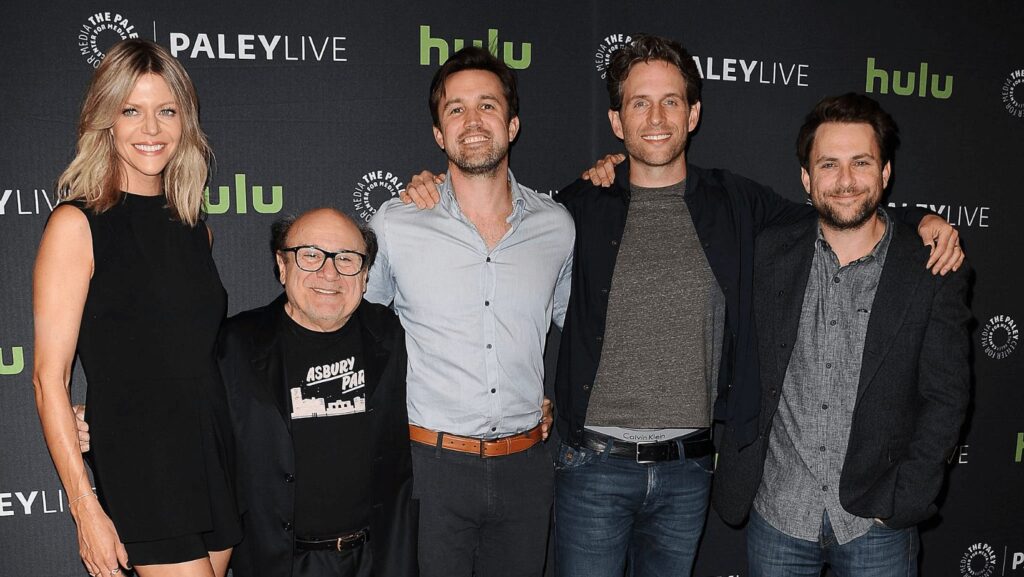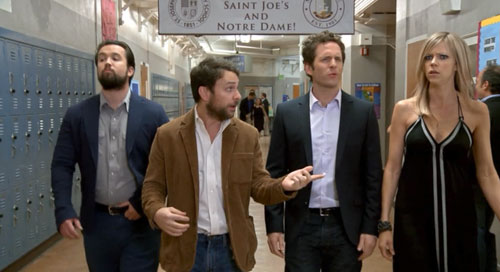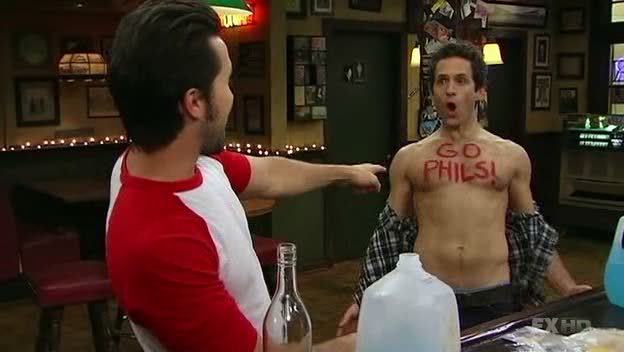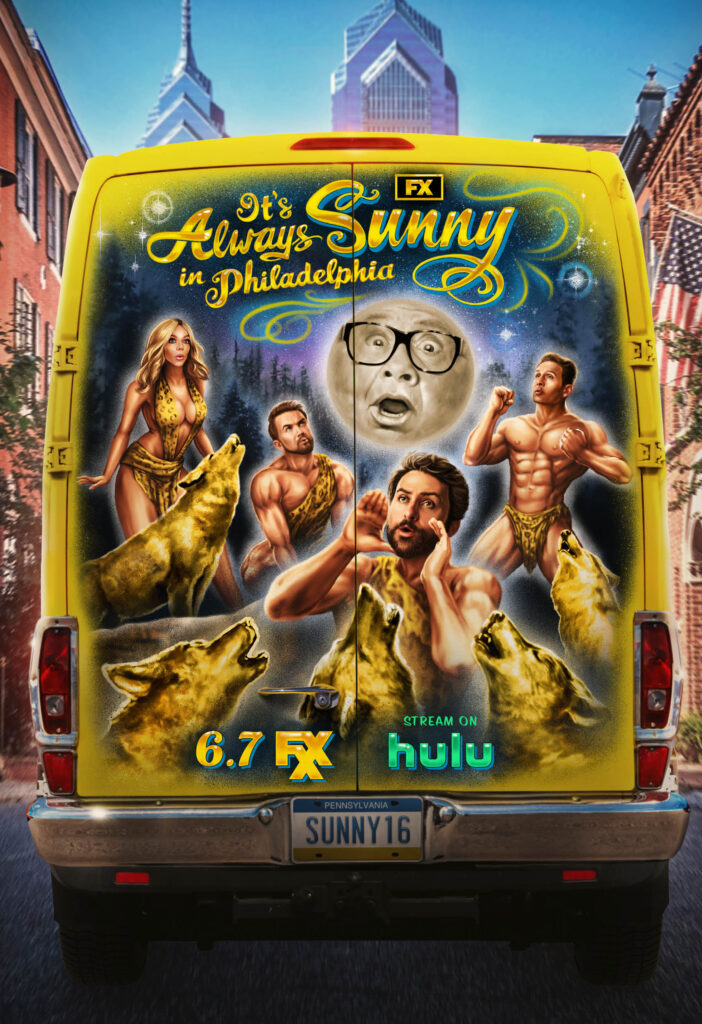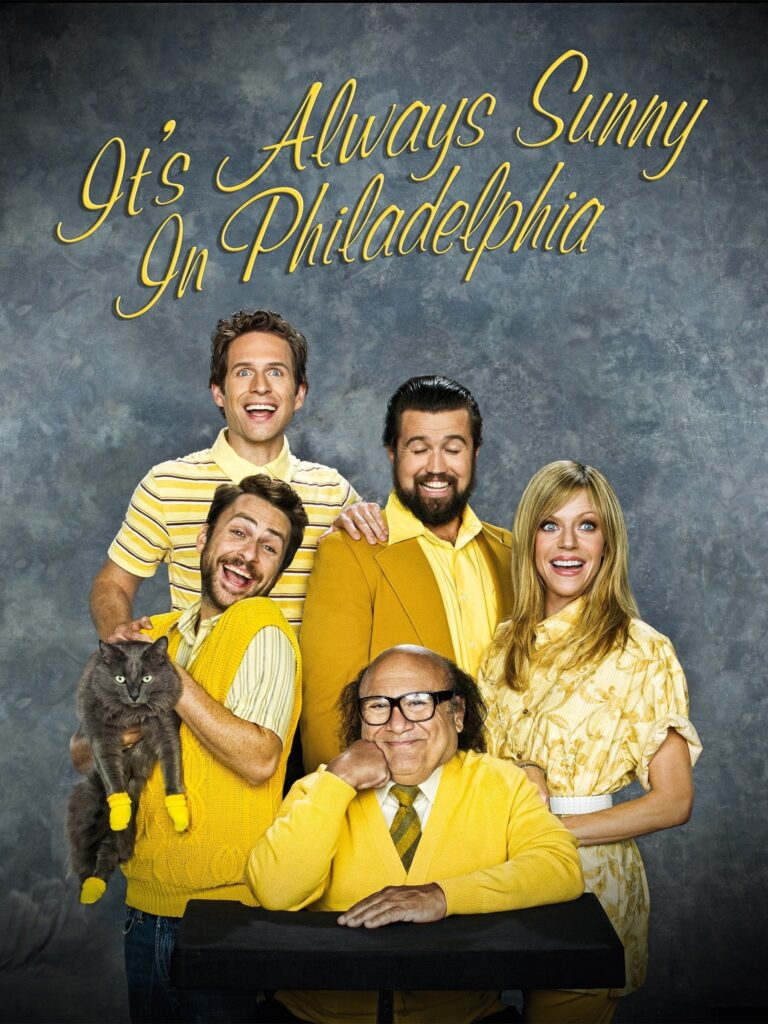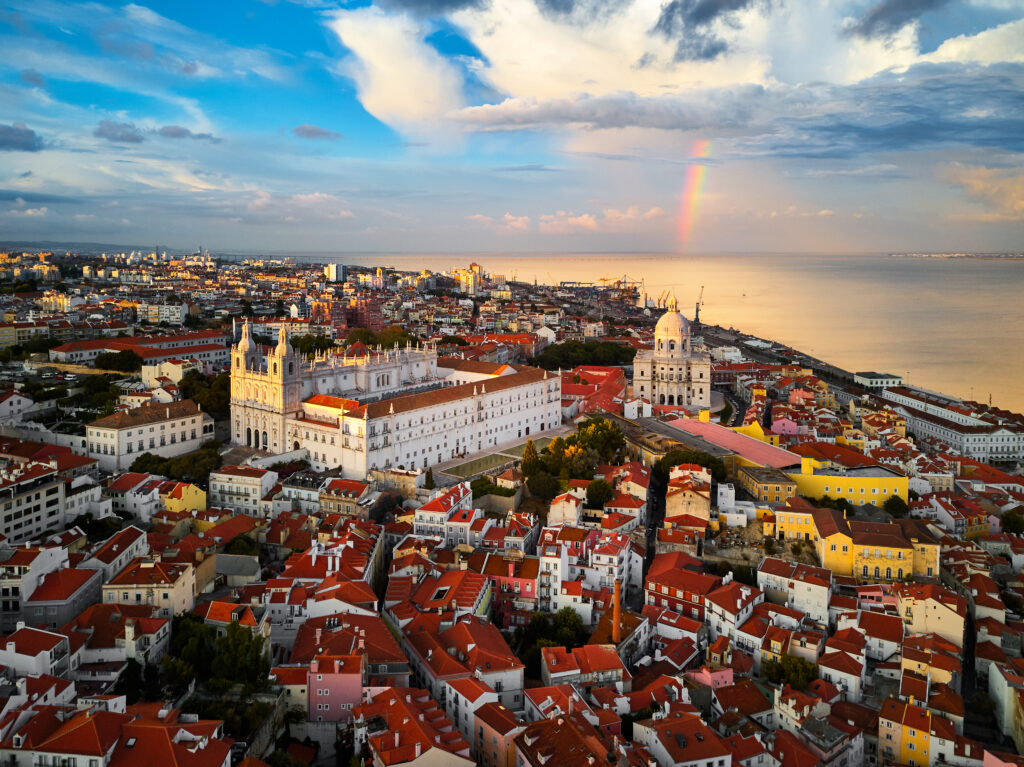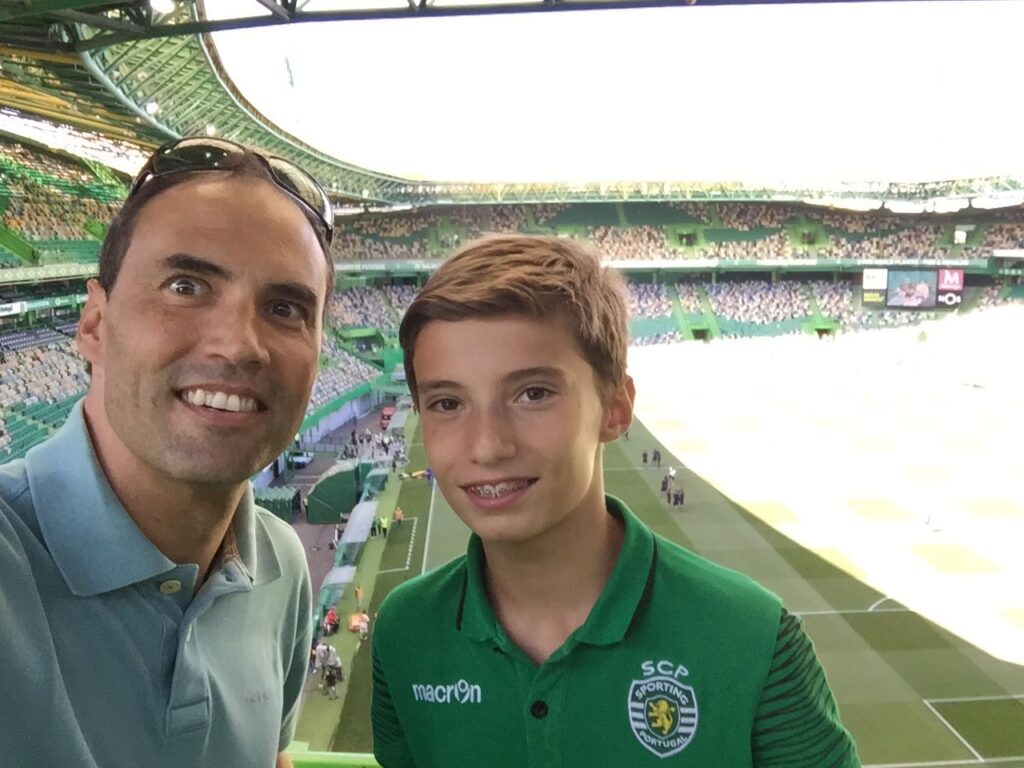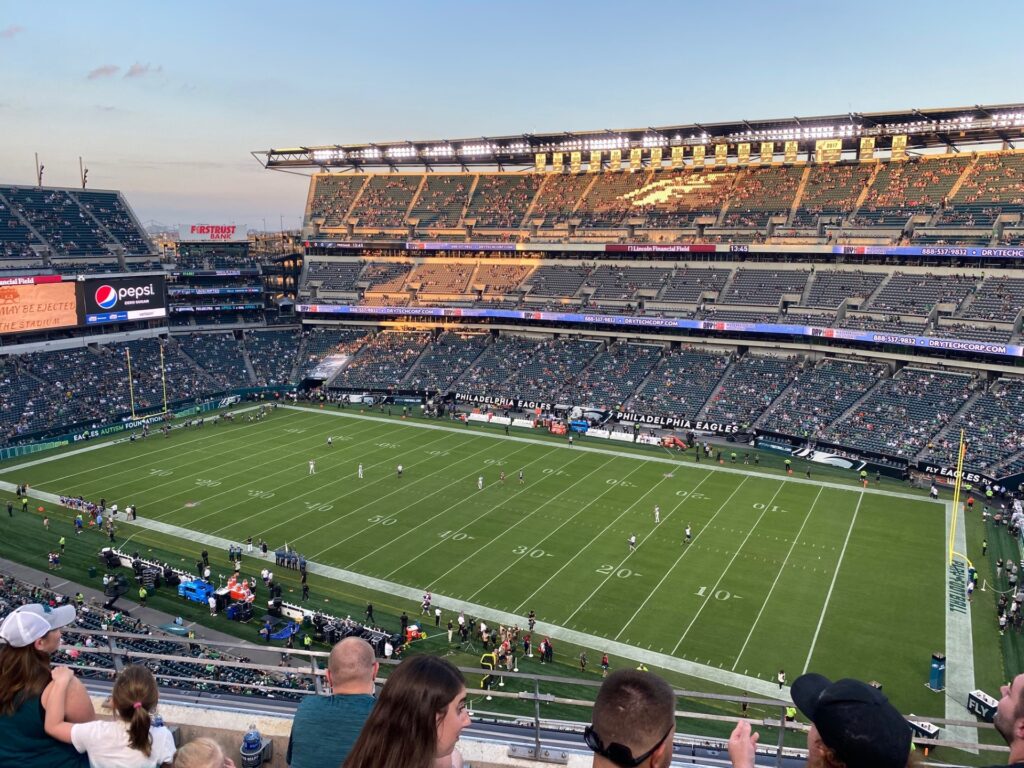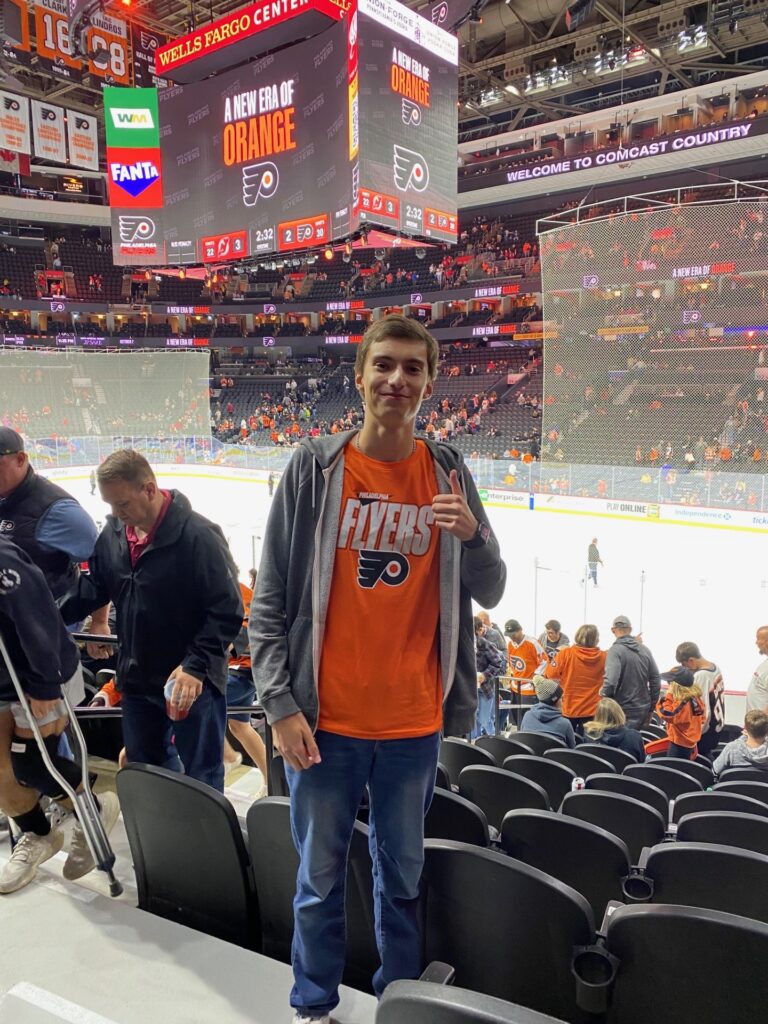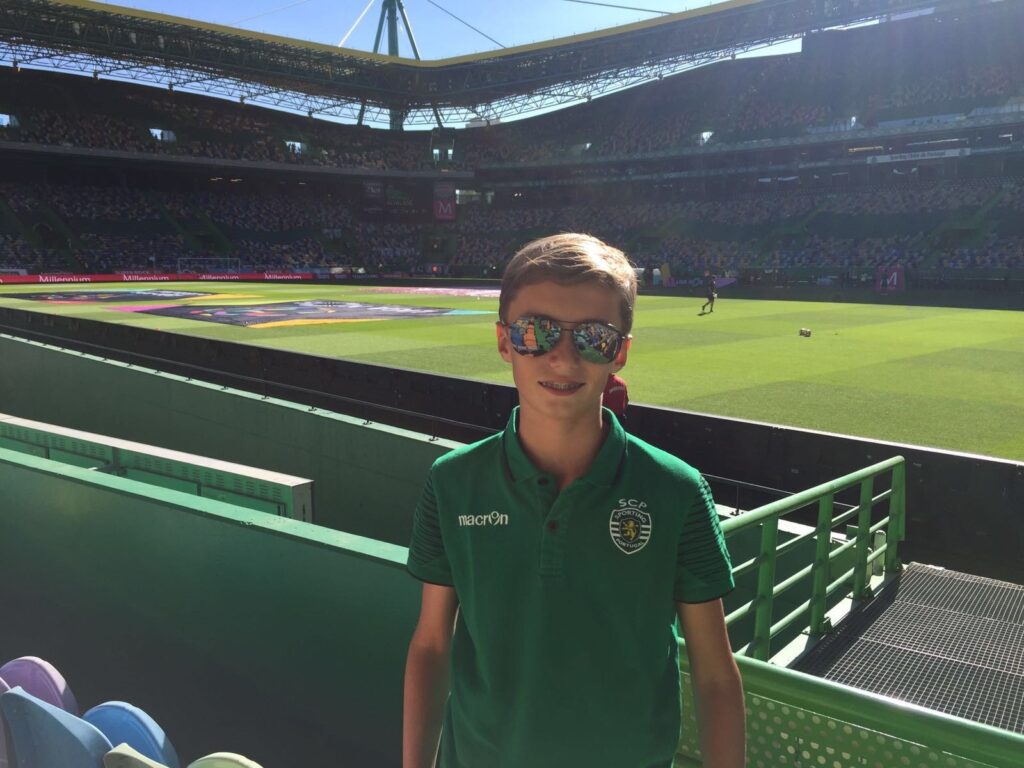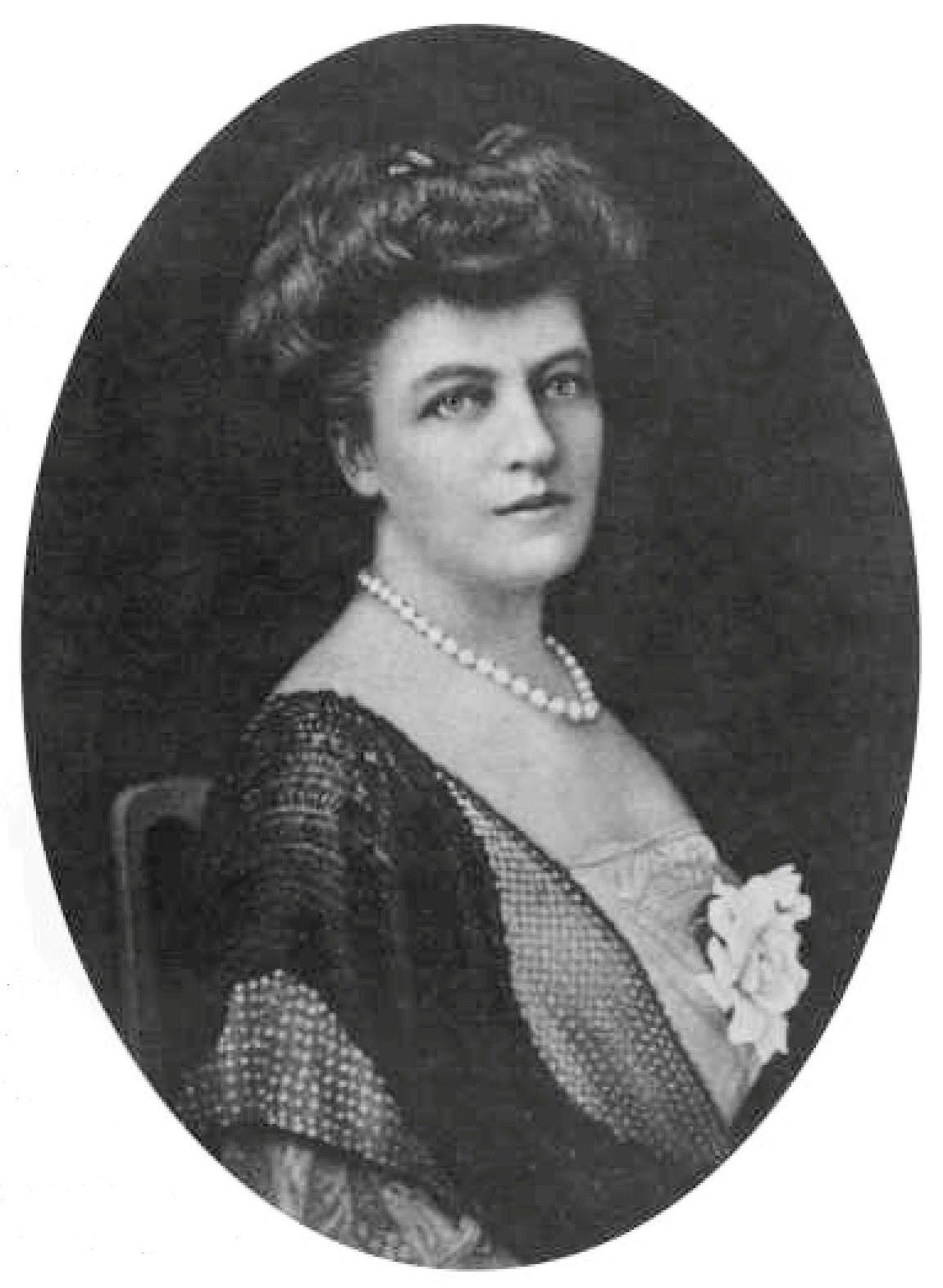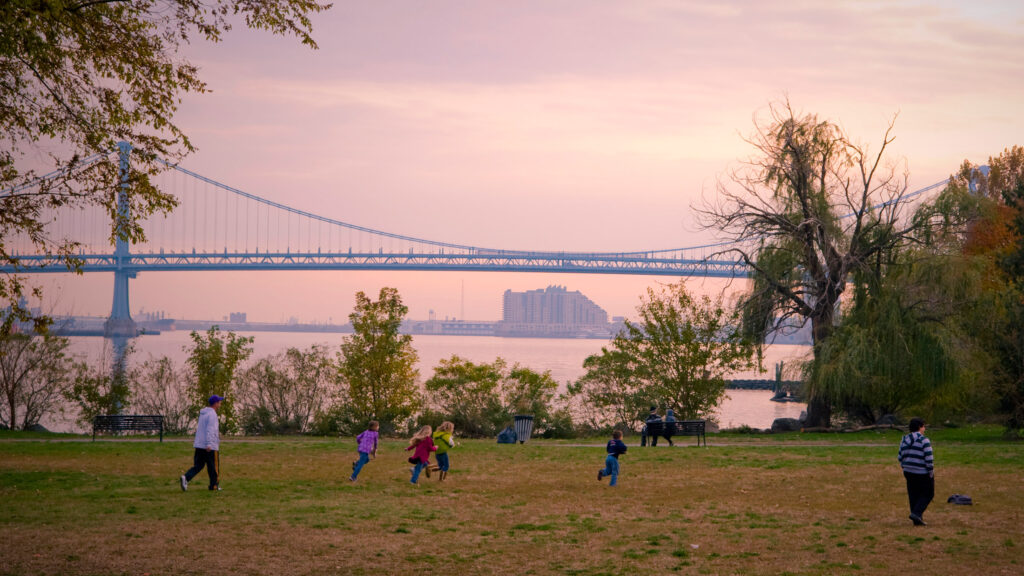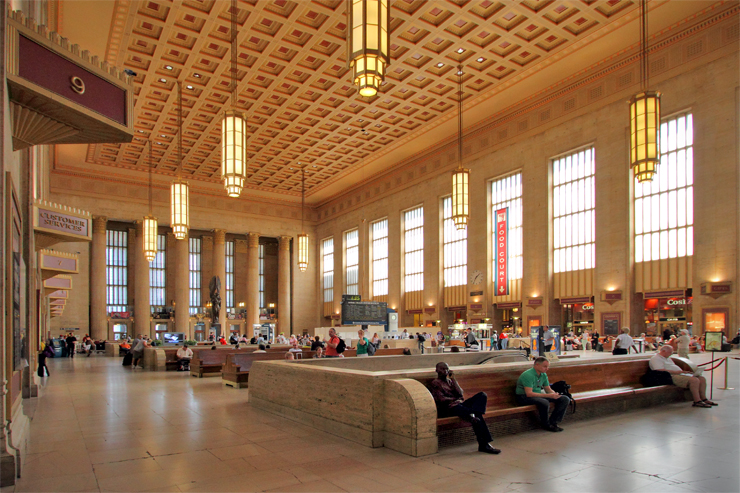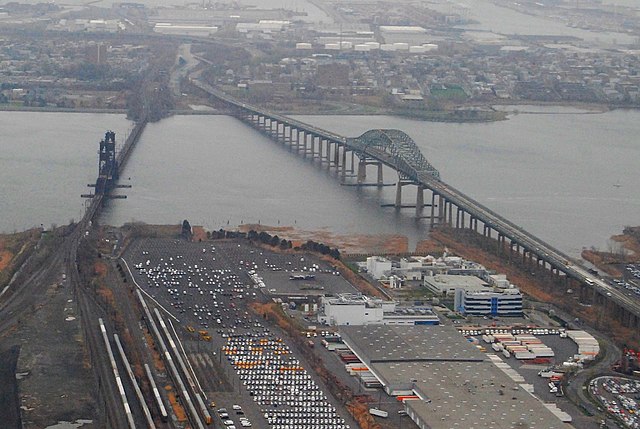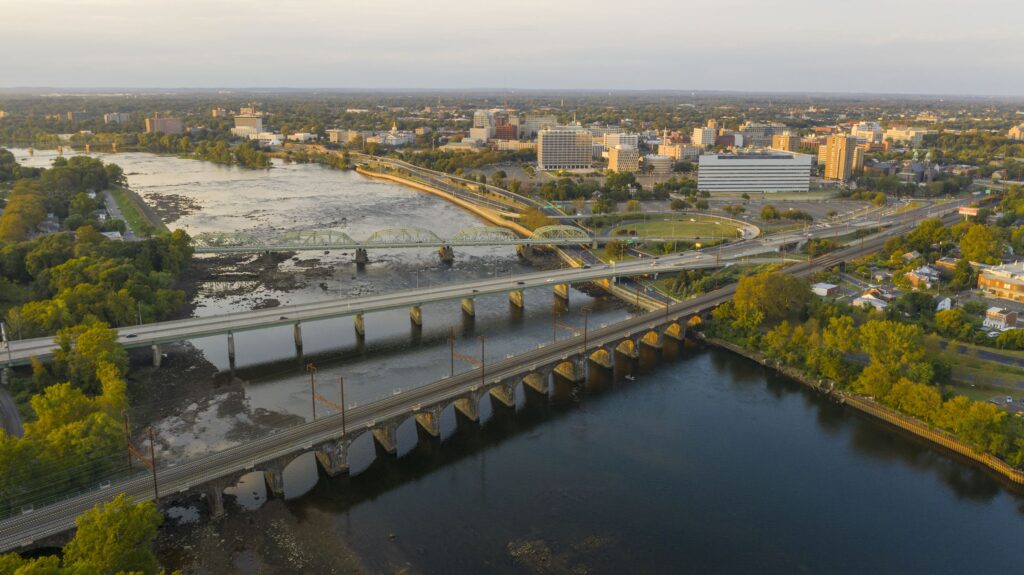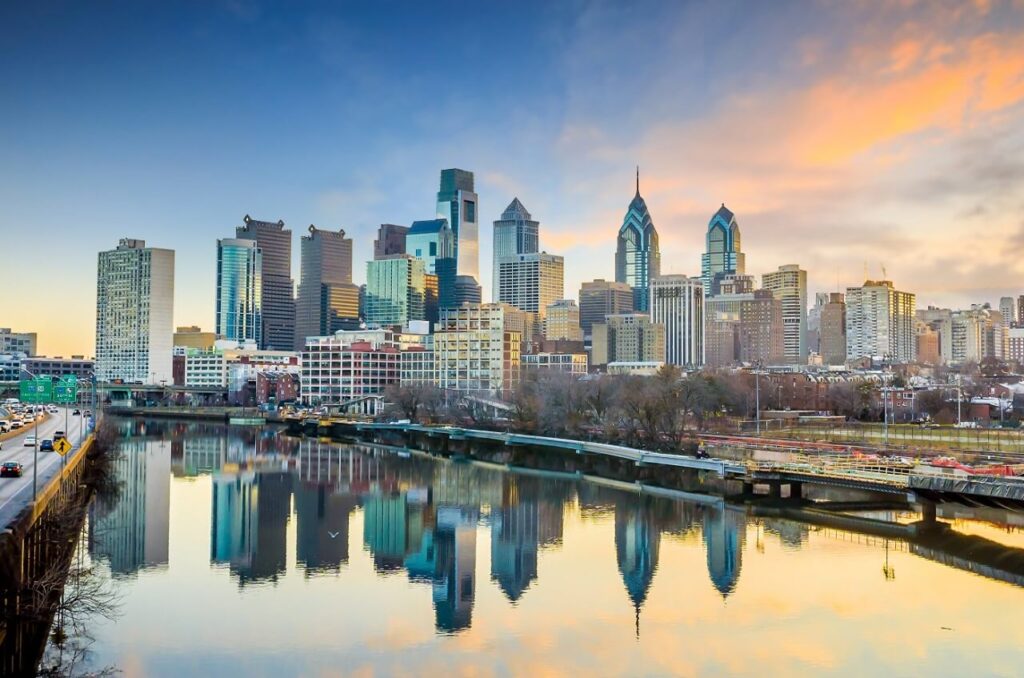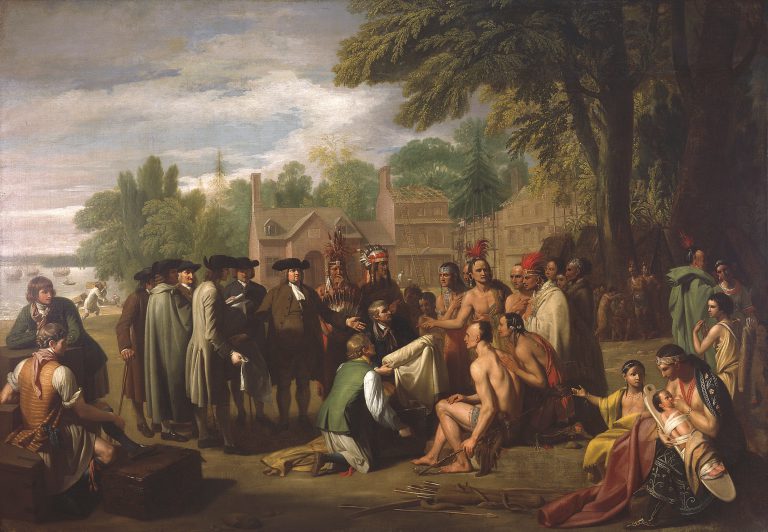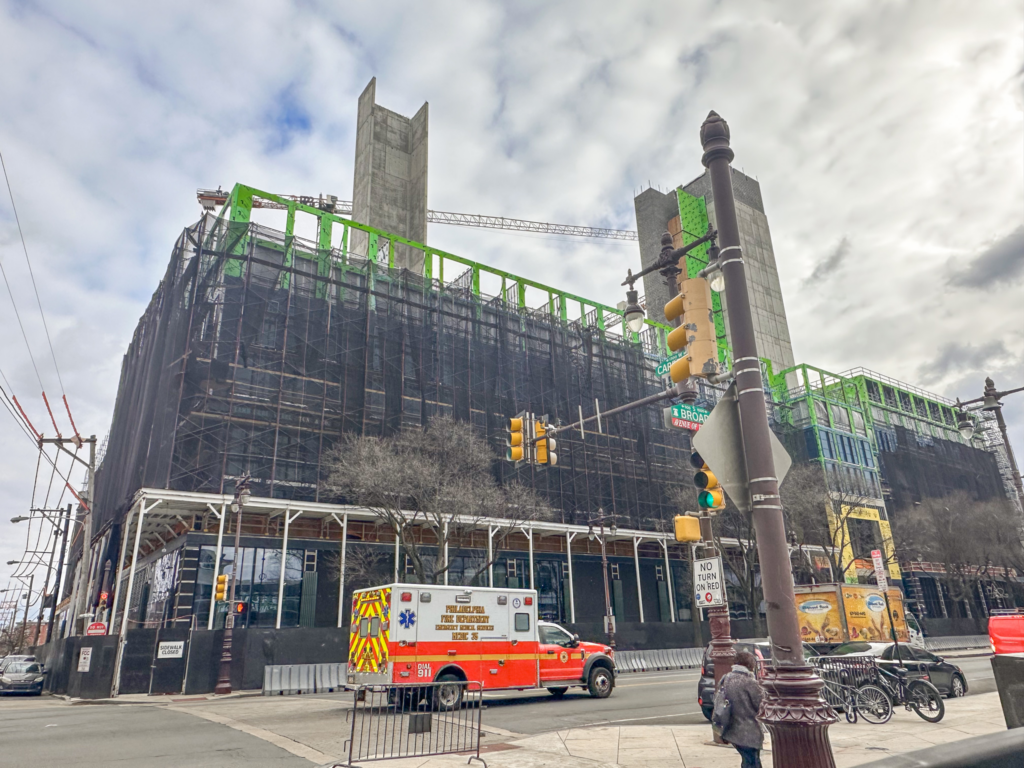House shows are a perfect breeding ground for trouble. Loud music, a basement full of strangers, and typically some level of underage drinking. And yet the venues keep springing up. People hold these places in a unique regard, places to be careful but to let loose more than they might be able to usually. But the most coveted part of the experience is the lack of supervision from significantly older people in positions of authority. And by significantly, I don’t mean parents or cops, but anyone over the approximate age of 25. The first few years of being unguided and being able to make mistakes without first being warned about the consequences by people who already lived through them. Being able to speak openly with people in similar life positions about what happened recently and what might happen next. Connections with people you had never so much as imagined leading to friendships down the line. I feel that this is a phenomenon not just in the Temple area that I have experienced it, but across Philadelphia as a whole. With a rich history in jazz, soul, rock, and hip hop, plenty of locations spanning a large number of genres are scattered across Philly for the different crowds looking for them. I personally have mostly attended rock and metal shows more than anything else, but I know rap nights and raves occur regularly.
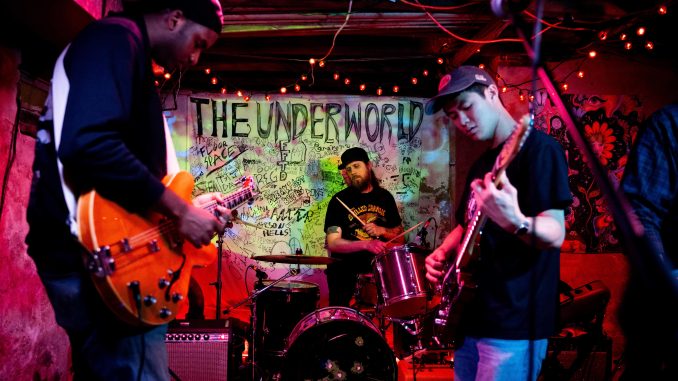
My own personal experience with house shows started off incredibly rough. A show was being held at a place I had never even heard of over in West Philly, near Drexel’s campus, that a former friend was playing at. While this person is no longer in the band, the group, Cats on Mushrooms, is still together and are wonderful musicians and people in their own rights. Before their set, I had a full-on autistic overstimulation meltdown. I was so hot I ran out of sweat. Sound was assaulting me from every direction. I was being crushed in an overfilled basement of college students I had never even seen before and completely overwhelmed. I wished I could go home and wrap myself up in a blanket and not leave my room for the next week. Enter Matt Guardiola, an incredibly kind person who helped me out more than I would have expected from someone the first time having met them. They, alongside the former friend, got me into the backyard and helped me settle down. Breathing exercises I had done before and cool air (compared to inside) helped me settle down before we went back downstairs. Matt and I enjoyed the sets of the next two bands, Cats on Mushrooms and Cowpokes, in a much less crowded basement that led to me enjoying myself a immense amount more. Fast forward a few weeks and I would find myself at another venue I have since forgotten the name of (I believe it was Neon Jungle, but I cannot remember if I am actually correct). My childhood friend Gavyn Green had been working with two other Drexel students to put together a punk band called Simply Sedated that I have since seen many shows of. This was a different experience, being with someone I was very close with for a large portion of the night and enjoying the music he made with people he enjoyed. An absolute blast.
Talking to my non-musician friends who frequent house show venues, A lot of people seem to have a similar experience. Being overwhelmed by everything at first, adjusting, and eventually enjoying themselves. I think the most important thing I gathered was how important it is to have a community. Whether that is a group of friends you go to shows with, knowing someone in a band that is performing, or just having been somewhere before and recognizing a few faces, community is the lifeblood of these underground havens. The Underworld is a venue that follows that to a tee, promoting the safety and wellbeing of all of their guests before, during, and after any show they host. The two people spearheading the operation are Matt, who I didn’t realize was the Matt who had helped me out in spring of 2022, and Regina Hennessey, a woman I’ve since become friends with. I feel they are the best house venue in all of Philadelphia because of the work they do outside of the music. Checking in on guests, greeting everyone they know and introducing themselves to everyone they don’t, putting a large majority of entrance fees towards various charities in support of humanitarian causes, and posting their own personal contact information throughout the house for people to use if they feel uncomfortable for any reason through the evening’s festivities. All of this combines to create a quality atmosphere that surrounds the venue whenever anyone mentions it that I don’t hear about other locations. Neon Jungle, Over Yonder, The Mansion, The Haven, all of these places are good places to go to hear some wonderful music and have a fun night; The Underworld feels like anything that might go wrong wouldn’t ruin a night.
House shows like The Underworld are the perfect spots for young musicians in college bands to try things out and work towards a potential future in music. My friend Gavyn has been dreaming of working in the music industry since we were in grade school. Now he is working towards a degree in music, has an internship at a radio station as a music reviewer, and plays with his band Simply Sedated. He’s a perfect example of the opportunity that Philadelphia house shows can offer to young musicians who would not otherwise have that kind of opportunity. He’s never trained classically and before college had a baseline understanding of music theory after we took AP music theory in high school, but wasn’t thinking about it when writing music. The underground music scene doesn’t need to be masterworks of composition that will withstand the test of time. The musicians of Simply put together exciting pieces that get the crowd moving. Similarly, a friend in a group called Steal the Night was kind enough to offer his thoughts on the matter, although the interview had to be rescheduled due to a film shoot that I was called to last minute. Their music is a slightly different style of rock, more constructed 80s rock pieces that require more intricate playing than the pounding riffs of other bands.

The downsides of house shows aren’t invisible. Strangers being creepy or even predatory, overindulgence in substances and underage drinking, damaging your hearing, and theft are all realities that people need to acknowledge. However, a grand majority of the community looks after each other and tries to prevent these things from happening. A number of house shows recommend bringing earplugs ahead of time, with a few venues offering free earplugs of decent quality. Similarly, people who aren’t feeling well from overdrinking, smoking too much, or dehydration are shepherded to someone to cool down or be taken care of. If there would be the extremely unfortunate event of something being spiked or laced, people are often quick to make a scene to make sure everything winds up safe, with venues keeping at least some medical supplies on hand. Narcan has become more necessary (unfortunately) and is kept nearby in case of a disaster. The individuals who harass others or create a sense of discomfort are quickly ostracized within the community, and in some cases blacklisted across locations. The hosts communicate frequently about which people are uninvited to shows and which bands are good to invite back. All of this put together has made a community under the surface of Philadelphia that is important to acknowledge if not experience it.






